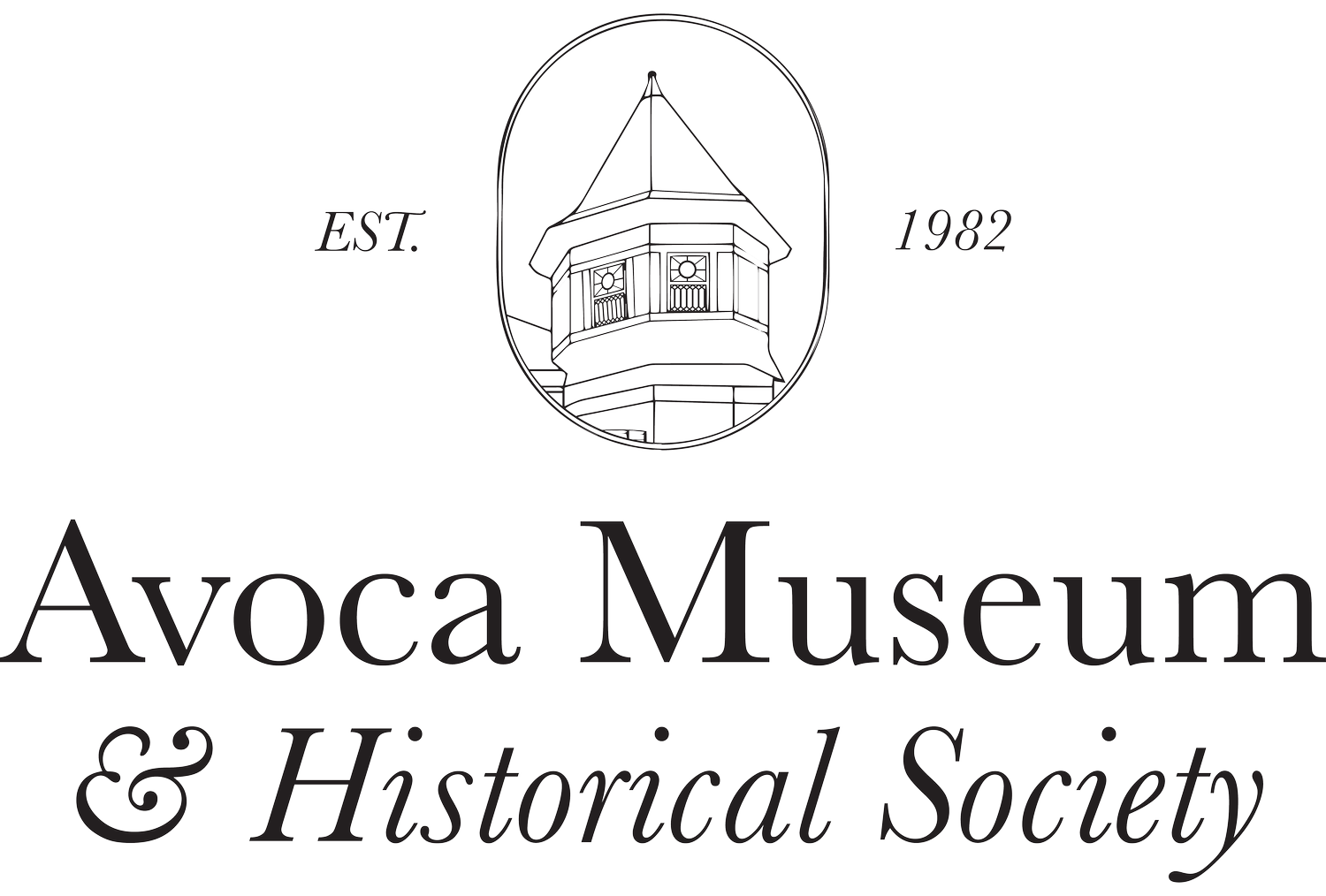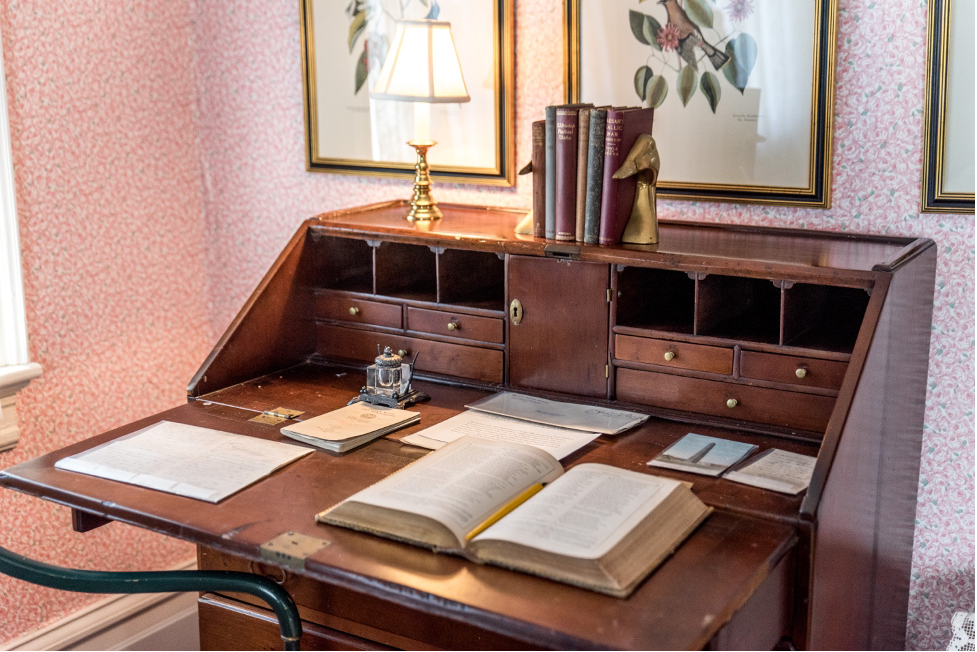The Beginnings of the Lynch Family & Green Chestnut Hill
The beginnings of the Lynch family and Green Chestnut Hill:
Decades before the infamous escapades of the patriot Colonel Charles Lynch his father made the journey across the seas into a new life and a new world. Oral tradition carries that around the year of 1720 in the Irish city of Galway a fifteen-year-old boy made the decision to run away from home. This boy, Charles Lynch Sr, was believed to have suffered either the abuse of a schoolmaster or a severe grandmother. Whereas most adolescents when faced with a predicament such as this might pack their tiny suitcase and wait at the bus stop around the block, Charles Lynch took it a dramatic step forward when he stowed away on a ship to Virginia. Once Lynch had arrived on the shores of Virginia, he was indentured to a successful tobacco planter by the name of Christopher Clark. Fortunately, Clark proved to be a positive influence on the young Lynch’s life. Under the guide of Clark, Lynch was educated and even apprenticed with Clark’s son. Clark released Lynch from his indenture early, and at the age of nineteen Lynch set out to make his own, hand in hand with his wife Sarah Clark. Over the next twenty years Lynch and his family moved around Virginia leaving behind a trail of successful businesses and settlements wherever they went. Finally in 1752 the Lynch family settled on a property situated on the south bank of the James River. This home was named “Chestnut Hill” and it stood on what is today downtown Lynchburg. Sadly, Charles would pass not long after establishing this new home, but the massive tracts of lands he received from King George I & II were divided among his four sons. John Lynch inherited the land which would become Lynchburg and Charles Jr. inherited land that would eventually hold this very museum on the south bank of the Staunton River.

